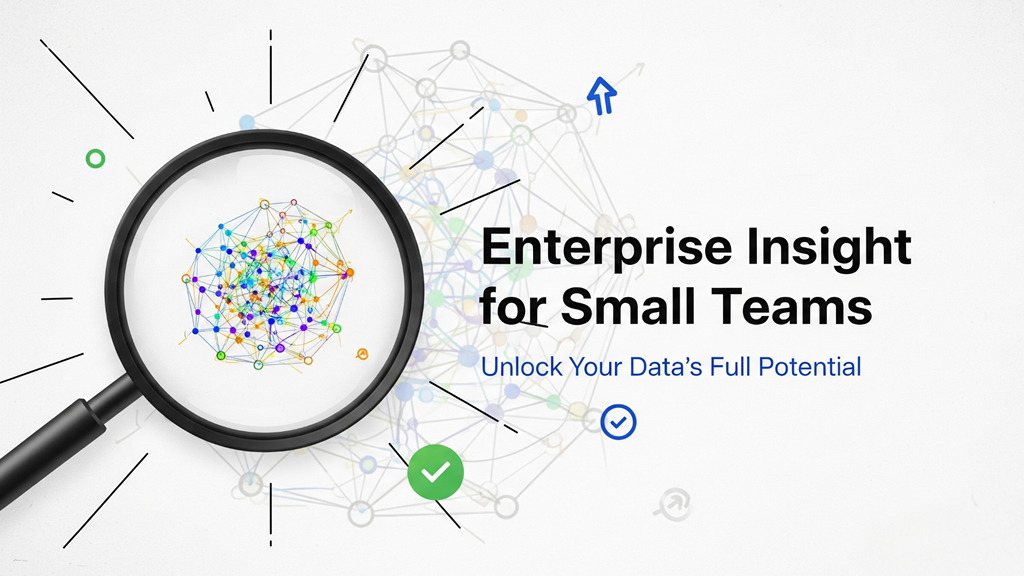
LinkedIn Unveils Advanced Data-Driven Attribution for Enhanced Marketing Insights
TL;DR
LinkedIn has rolled out an improved ad attribution system combining rule-based and data-driven approaches to elevate marketing campaign performance and ROI. LinkedIn offers marketers deeper insights into the customer journey by integrating Multi-Touch Attribution (MTA) and Marketing Mix Modeling (MMM). Early results show a significant boost in credit for upper and mid-funnel campaigns, leading to an estimated 5% increase in marketing-driven revenue.
As leaders steering our organizations through an ever-evolving digital landscape, understanding the true impact of our marketing efforts is more critical than ever. LinkedIn recognizes this necessity and has introduced an enhanced ad attribution process designed to deliver more precise and actionable insights into our marketing campaigns.
Bridging the Gap in Marketing Attribution
Traditionally, attribution models have fallen into two categories:
Rule-Based Attribution (RBA): Methods like first-touch or last-touch assign conversion credit based on preset rules. While straightforward, these can oversimplify complex customer journeys, often leading to incorrect insights.
Data-Driven Attribution (DDA): Leveraging machine learning techniques, DDA offers a more nuanced view by analyzing how different touchpoints influence conversions throughout the buying process.
LinkedIn’s new system combines these approaches, integrating Multi-Touch Attribution (MTA) and Marketing Mix Modeling (MMM). This hybrid model provides a comprehensive picture of how our marketing initiatives contribute to conversion, enabling us to make more informed decisions.
A Unified Attribution System
So, what does this mean for us?
LinkedIn has developed a unified attribution platform that:
Integrates Multiple Methodologies: Combining MTA and MMM captures granular touchpoint data and broader market dynamics.
Enhances Internal and External Marketing: Initially implemented for LinkedIn’s internal campaigns, this system is now being extended to advertisers on the LinkedIn Marketing Solutions platform.
This unified approach ensures we can better track the effectiveness of our marketing efforts across the entire customer journey.
The Power Behind the Model
At the heart of this system is an attention-based modelling framework. Here’s how it works:
Predictive Analytics: The model predicts conversion outcomes by analyzing member interactions and marketing touchpoints.
Binary Classification: It assesses the probability of a conversion (yes or no) based on various influencing factors.
Attention Weights: By assigning weights to different touchpoints, it identifies which interactions are most impactful in driving conversions.
Understanding Customer Journeys
The model takes into account the complexity of today’s customer journeys by:
Processing Marketing Paths as Time Series Data: It considers the sequence and timing of each touchpoint.
Incorporating Member and Company Features: allows us to better understand our customers and how they interact with our marketing efforts.
Utilizing Positional Encodings: Recognizing the order of interactions respects the context in which each touchpoint occurs.
Ensuring Accuracy with Calibration
To maintain consistency and reliability:
Alignment with MMM Outputs: A post-modeling calibration step ensures that the granular MTA data aligns with the broader MMM findings.
Measuring Channel Lift: The true impact of each marketing channel is quantified by comparing actual customer paths with hypothetical scenarios where certain channels are absent.
Real-World Impact and Results
The implementation of this new attribution platform has yielded impressive results:
Increased Recognition for Upper and Mid-Funnel Campaigns: Previously undervalued in last-click models, these campaigns now receive appropriate credit.
Significant Attribution Shift: The credit attributed to modelled attribution has increased 150x compared to last-click methods.
Boost in Revenue: This shift has contributed to an estimated 5% lift in marketing-driven revenue.
This means our investments in brand awareness and engagement initiatives are more accurately reflected in performance metrics, allowing for better budget allocation and strategic planning.
Looking Ahead: The Future of Attribution
LinkedIn isn’t stopping here. Plans are in place to:
Enhance Causal Robustness: By refining methods to align model predictions with experimental data, the accuracy of attribution insights will improve even further.
Foster Cross-Domain Collaboration: Making the attribution library available across LinkedIn’s teams encourages innovation and shared learning, which can lead to enhanced tools and methodologies.
What This Means for Your Business
As a business decision maker, we constantly seek ways to optimize our strategies and drive growth. LinkedIn’s enhanced attribution system offers several key advantages:
Deeper Insights: Gain a comprehensive understanding of how each marketing touchpoint contributes to conversions.
Better ROI: Allocate marketing budgets more effectively by investing in channels and campaigns that deliver the greatest impact.
Strategic Decision-Making: With more accurate data, we can make informed decisions that align with our business objectives.
Competitive Edge: Stay ahead in the market by leveraging advanced analytics that many competitors may not yet have adopted.
Conclusion
LinkedIn’s shift to an enhanced, data-driven attribution model signifies a major step forward in marketing analytics. By embracing this advanced system, we can unlock deeper insights into our customers’ journeys, optimize our marketing investments, and ultimately drive better business outcomes.


